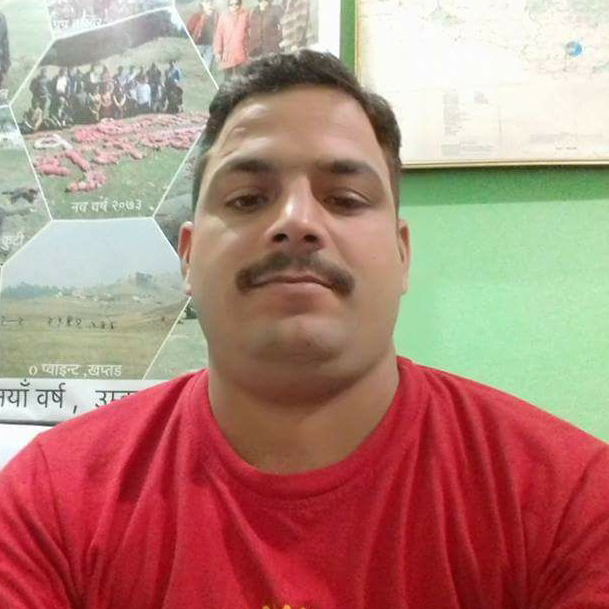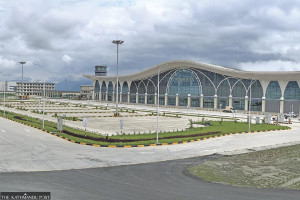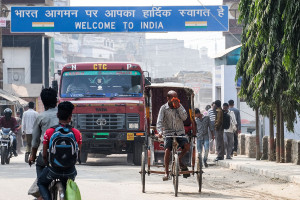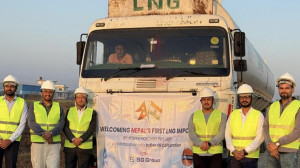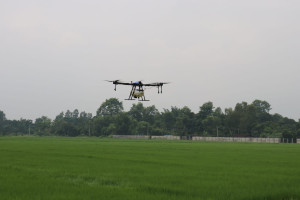Money
Large cardamom fabric from Taplejung attracts Dehradun buyers
An entrepreneur turns once-discarded large cardamom waste into handcrafted goods. The small enterprise has grown and now has an annual turnover of Rs2.5 million.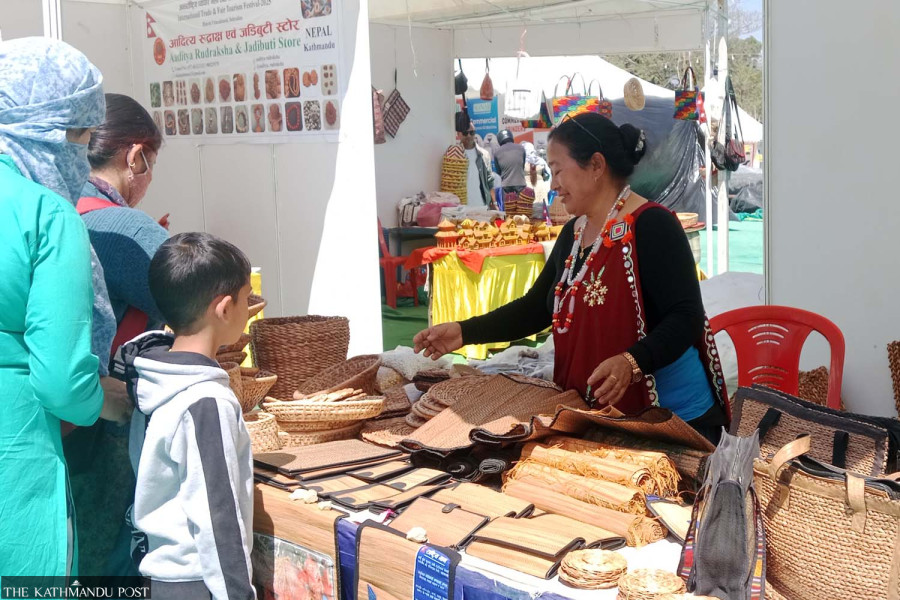
Bhawani Bhatta
Products made from stalks and leaves of large cardamom—such as tea mats, purses, ladies’ bags, and even the Nepali flag—have garnered much appreciation.
These items, produced in Phungling, Taplejung, have caught the attention of the Nepali community in Dehradun, the capital of Uttarakhand, India, located nearly 350 kilometres away from Kanchanpur in far-western Nepal.
Maya Gurung from Phungling municipality-2, Taplejung, was busy introducing and explaining her products at the event.
She had travelled to Dehradun with her items to participate in the Indo-Nepal Trade Fair held in mid-March.
“I’ve taken my products from Jhapa in the east to Kanchanpur in the west of Nepal, and now I've brought them to India,” Gurung said. “There’s been a good response from the market—customers liked them.”
Nepal is the largest producer of large cardamom, accounting for 68 percent of the global production, followed by India and Bhutan.
Ilam, Panchthar, Taplejung, Sankhuwasabha, Tehrathum, Bhojpur, and Dhankuta districts are the key large cardamom-producing districts in Nepal.
The spice is also one of the key foreign exchange-earning commodities, with exports amounting to Rs8.24 billion in the fiscal year 2022-23.
Besides spice, other byproducts are also helpful.
Gurung has been so occupied with trade fairs and festivals that she can barely keep up.
Her village is known for large cardamom production, but the stalks used to go to waste.
Some people would make rope out of them. Even at her home, ropes used to tie cows and buffaloes were made from these stalks. Mats were made by mixing cardamom leaves with straw, but the straw would rot, unlike the more durable cardamom leaves.
Realising this, Gurung thought of creating something valuable from the otherwise discarded cardamom stalks.
“After that, I started by cutting the stalks into small pieces to make fabric. I learned slowly,” she explained. “In the beginning, I could find plenty of waste materials in the fields, but now that demand has increased, I have to buy them.”
After the cardamom harvest, she goes from field to field to collect leaves, while some people also deliver them directly to her small factory.
The process begins with collecting discarded leaves from the fields. These are dried and processed into fibres of the required sizes. The fibres are then woven into fabric, and finally, different items are sewn into shape.
Gurung’s products range in price from around Rs100 to Rs4,000. Her enterprise produces a variety of items, including mats, slippers, bags, and even the Nepali flag, all made from large cardamom material.
These products are now reaching not only the domestic market but also international buyers.
“There’s no need to add colour to the products, and the original colour doesn’t fade either,” she said.
“Those who understand the value of the products don’t hesitate to buy them. They even place orders for other items.”
According to her, these cardamom leaf-based items are washable and can even be used to store food.
Gurung first started selling her products at a festival held in Taplejung in 2010. The following year, in 2011, she officially registered her enterprise, Chandan Fibre Industry.
What started as a learning endeavour has now grown into a small industry employing 15 people.
Currently, she has an annual turnover of Rs 2.5 million, with profits ranging from Rs1 million to Rs1.2 million per year.
She has travelled to trade fairs across India, from Kolkata to Dehradun, and across Nepal from Jhapa to Kanchanpur.
Even now, she is constantly on the move, participating in various district-level events. This growing exposure has boosted her business and motivated her to expand even further.




 7.12°C Kathmandu
7.12°C Kathmandu